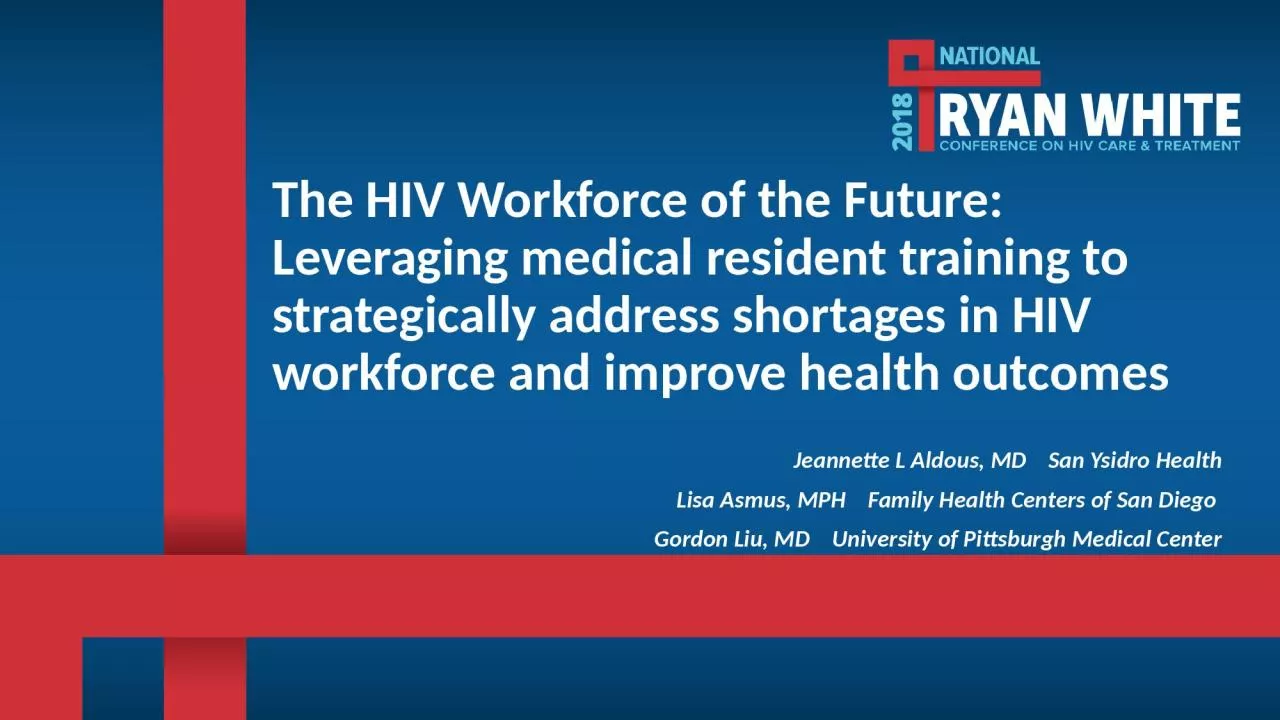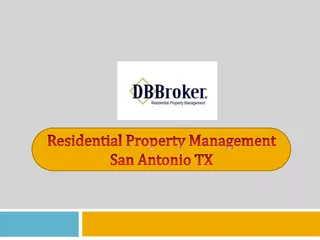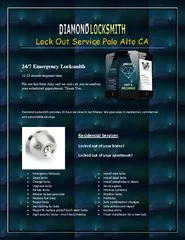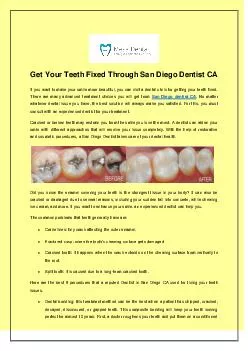PPT-Jeannette L Aldous, MD San Ysidro Health
Author : lily | Published Date : 2023-11-15
Lisa Asmus MPH Family Health Centers of San Diego Gordon Liu MD University of Pittsburgh Medical Center The HIV Workforce of the Future Leveraging medical resident
Presentation Embed Code
Download Presentation
Download Presentation The PPT/PDF document "Jeannette L Aldous, MD San Ysidro Hea..." is the property of its rightful owner. Permission is granted to download and print the materials on this website for personal, non-commercial use only, and to display it on your personal computer provided you do not modify the materials and that you retain all copyright notices contained in the materials. By downloading content from our website, you accept the terms of this agreement.
Jeannette L Aldous, MD San Ysidro Health: Transcript
Download Rules Of Document
"Jeannette L Aldous, MD San Ysidro Health"The content belongs to its owner. You may download and print it for personal use, without modification, and keep all copyright notices. By downloading, you agree to these terms.
Related Documents














